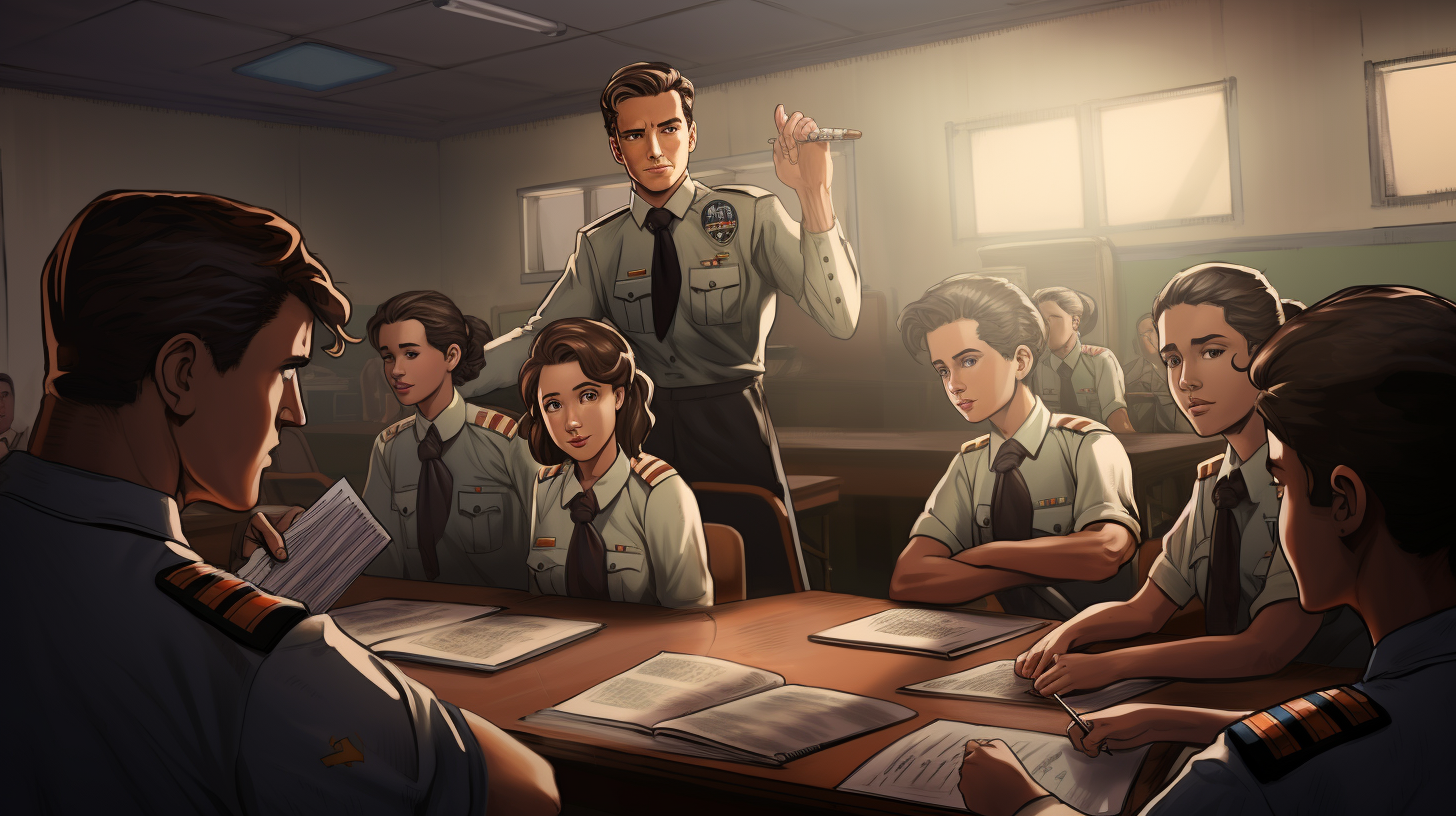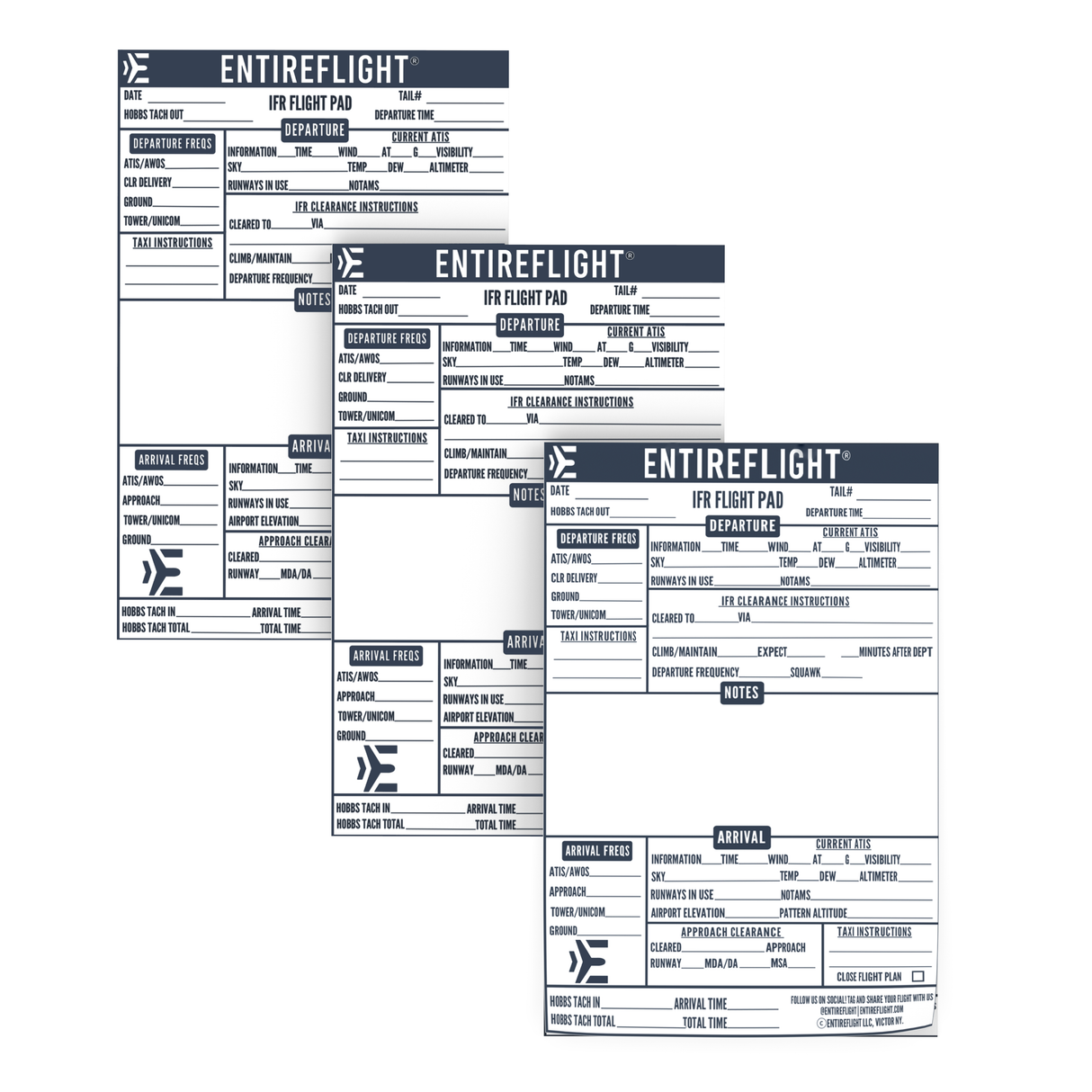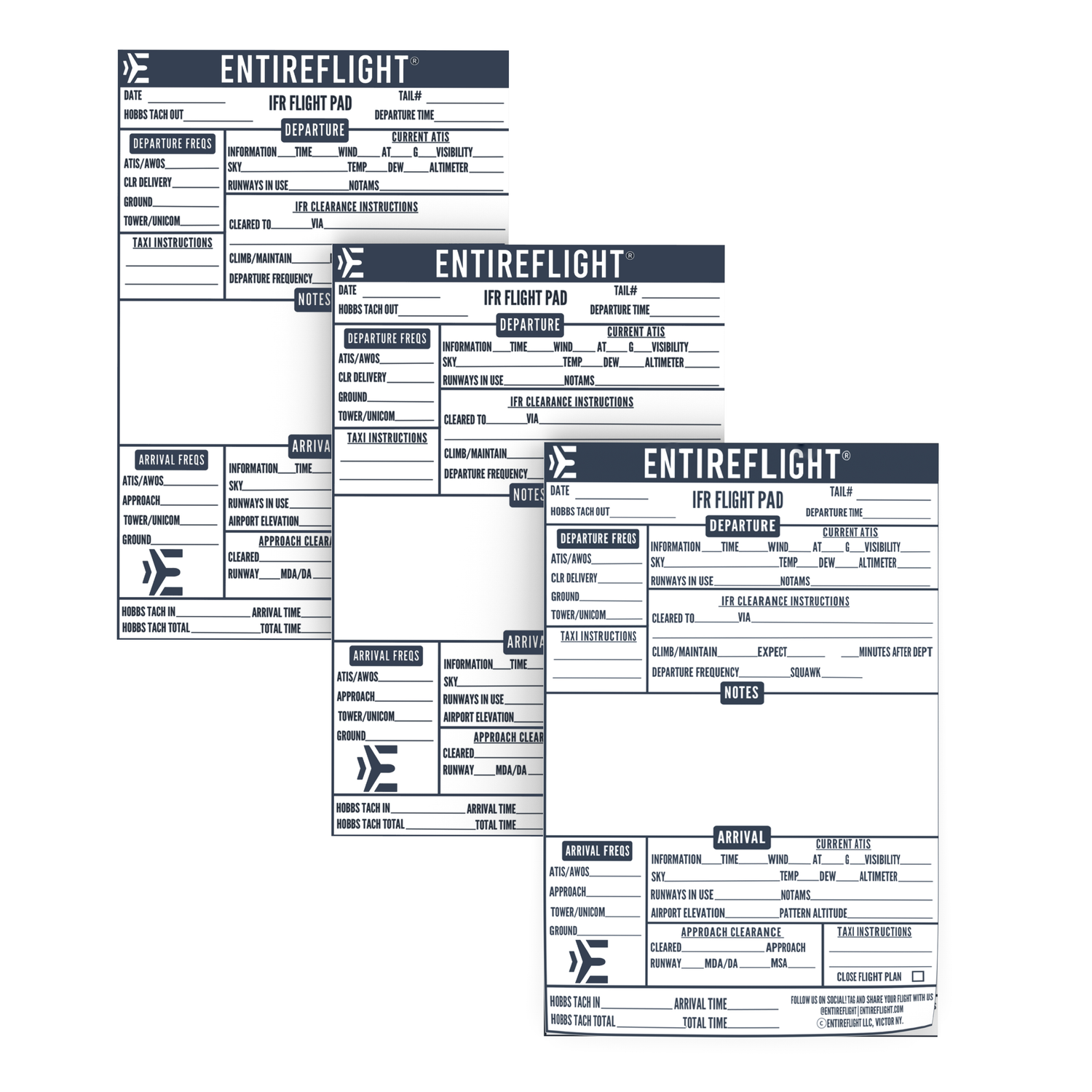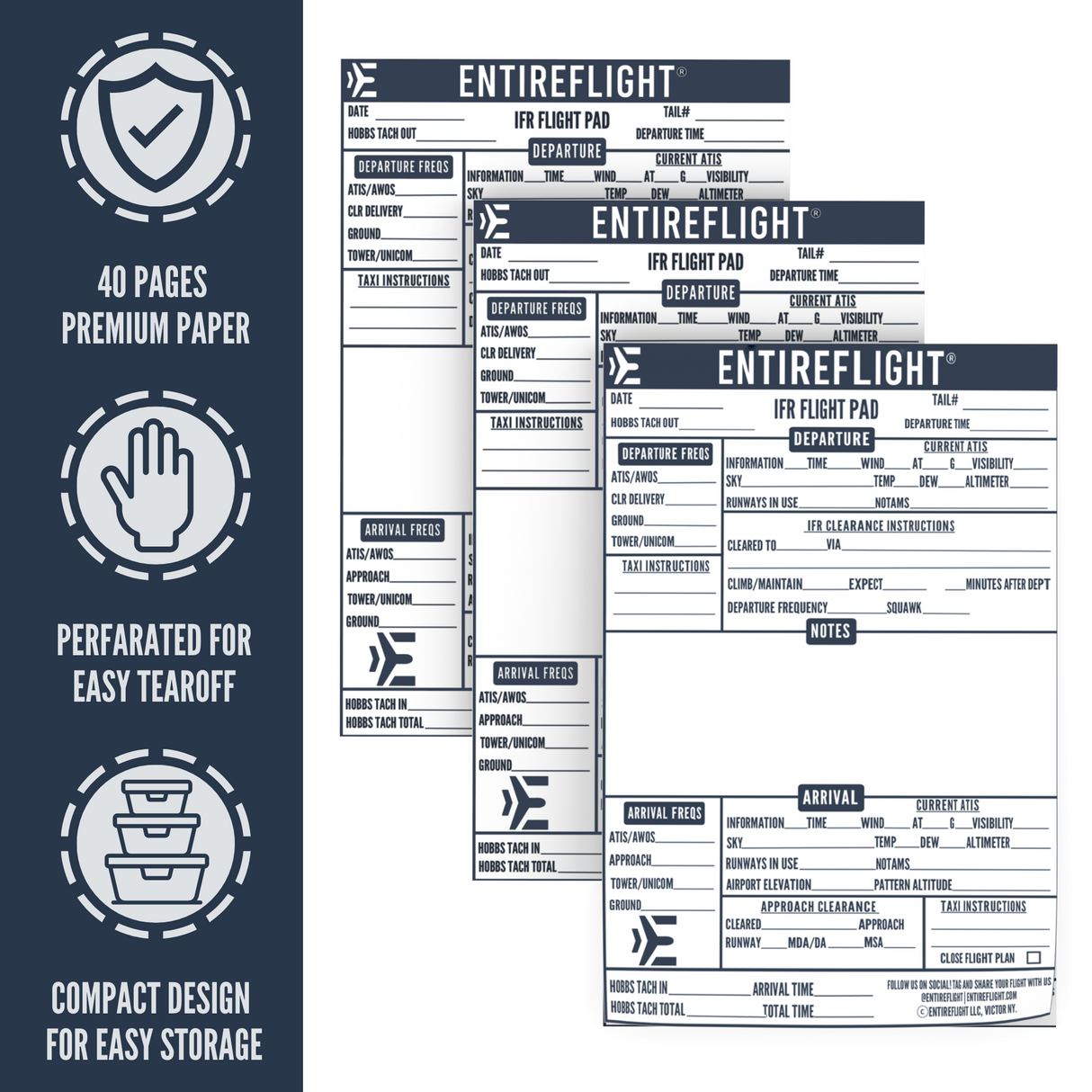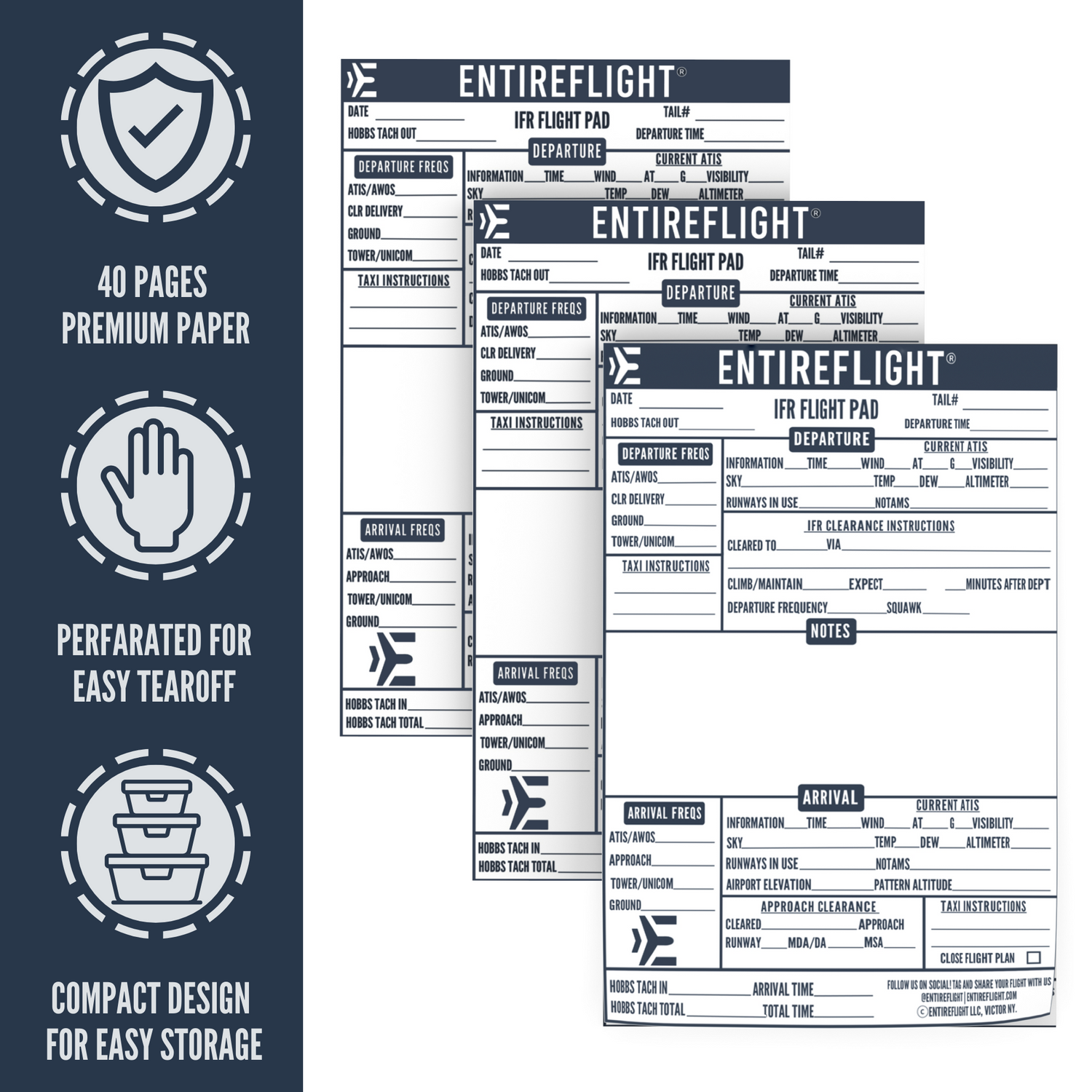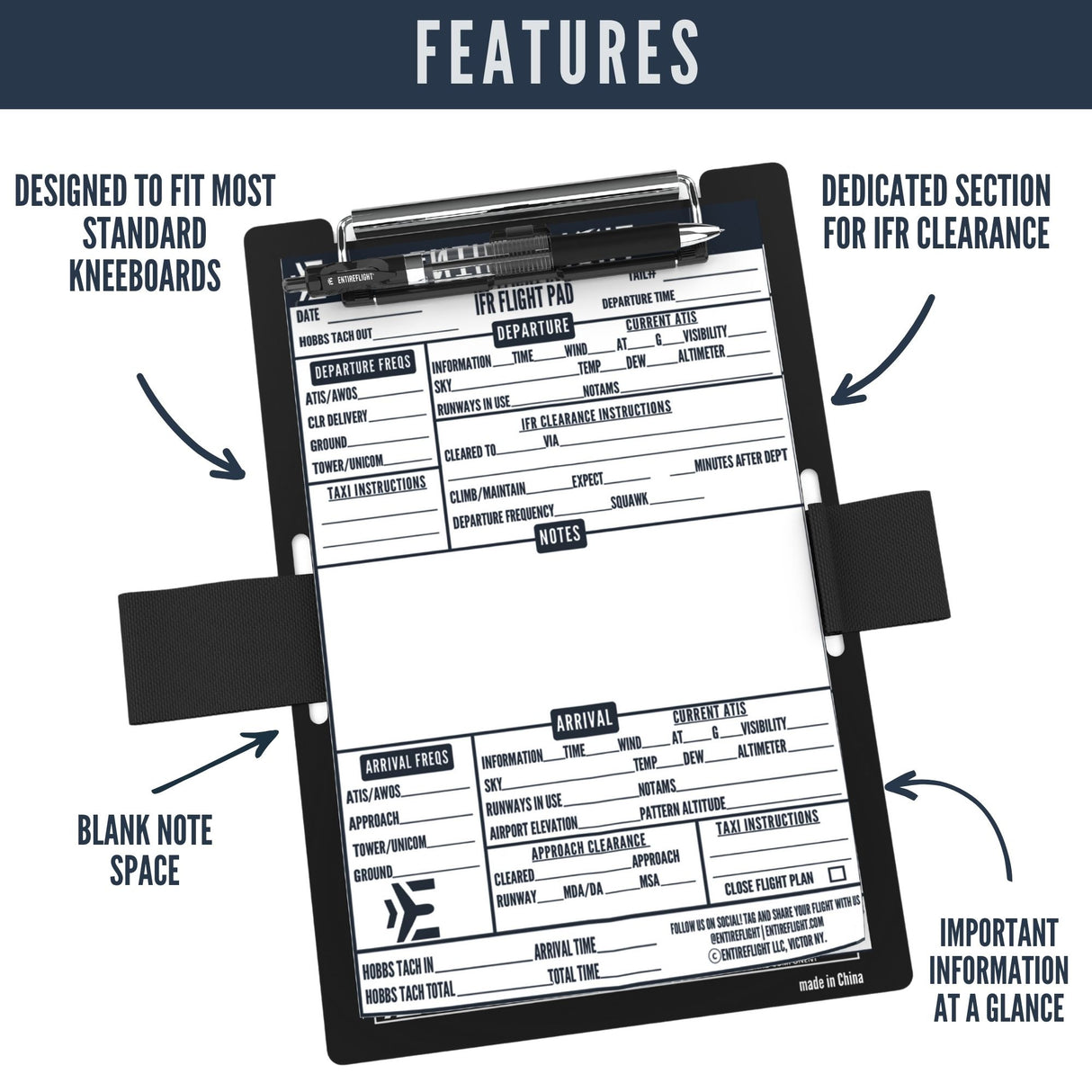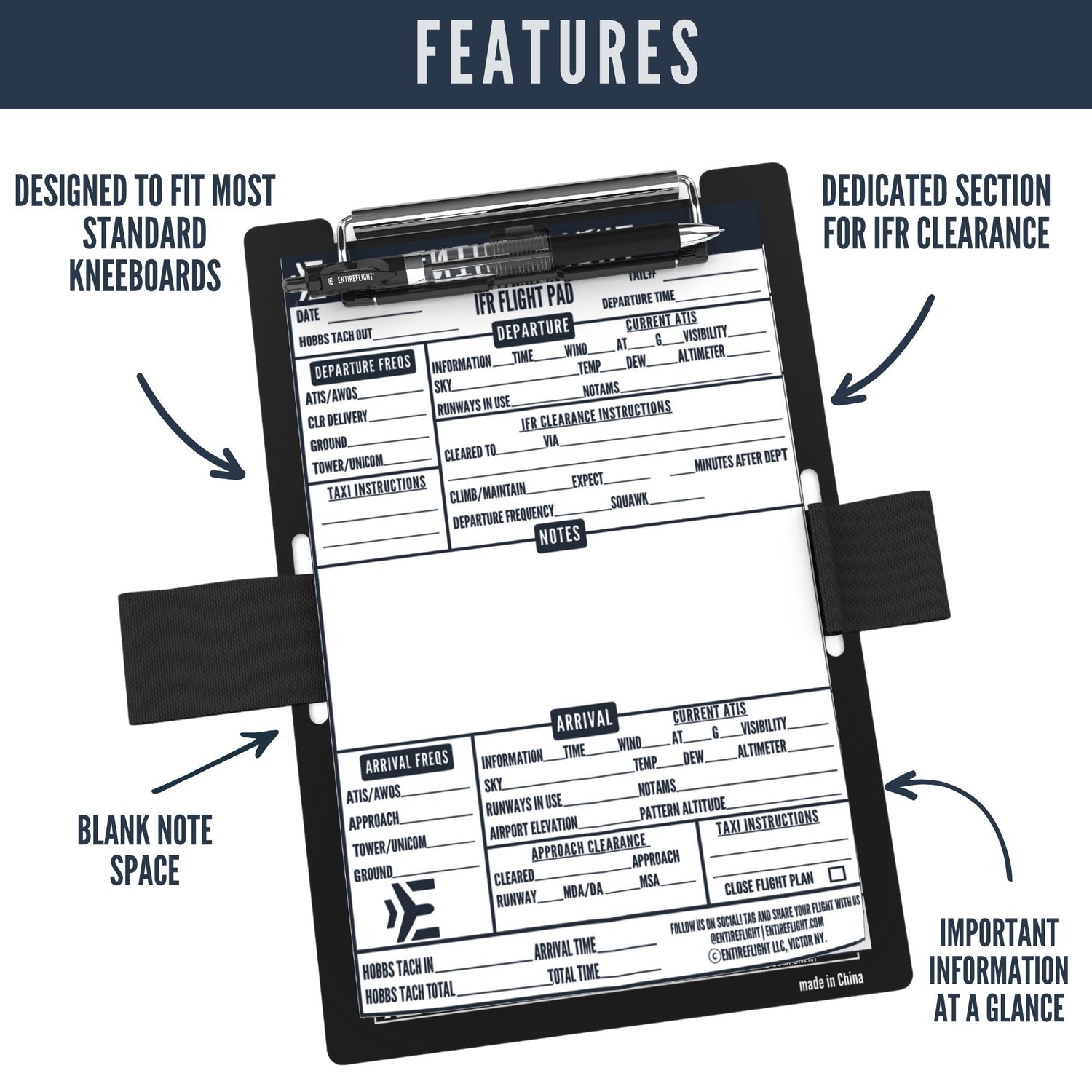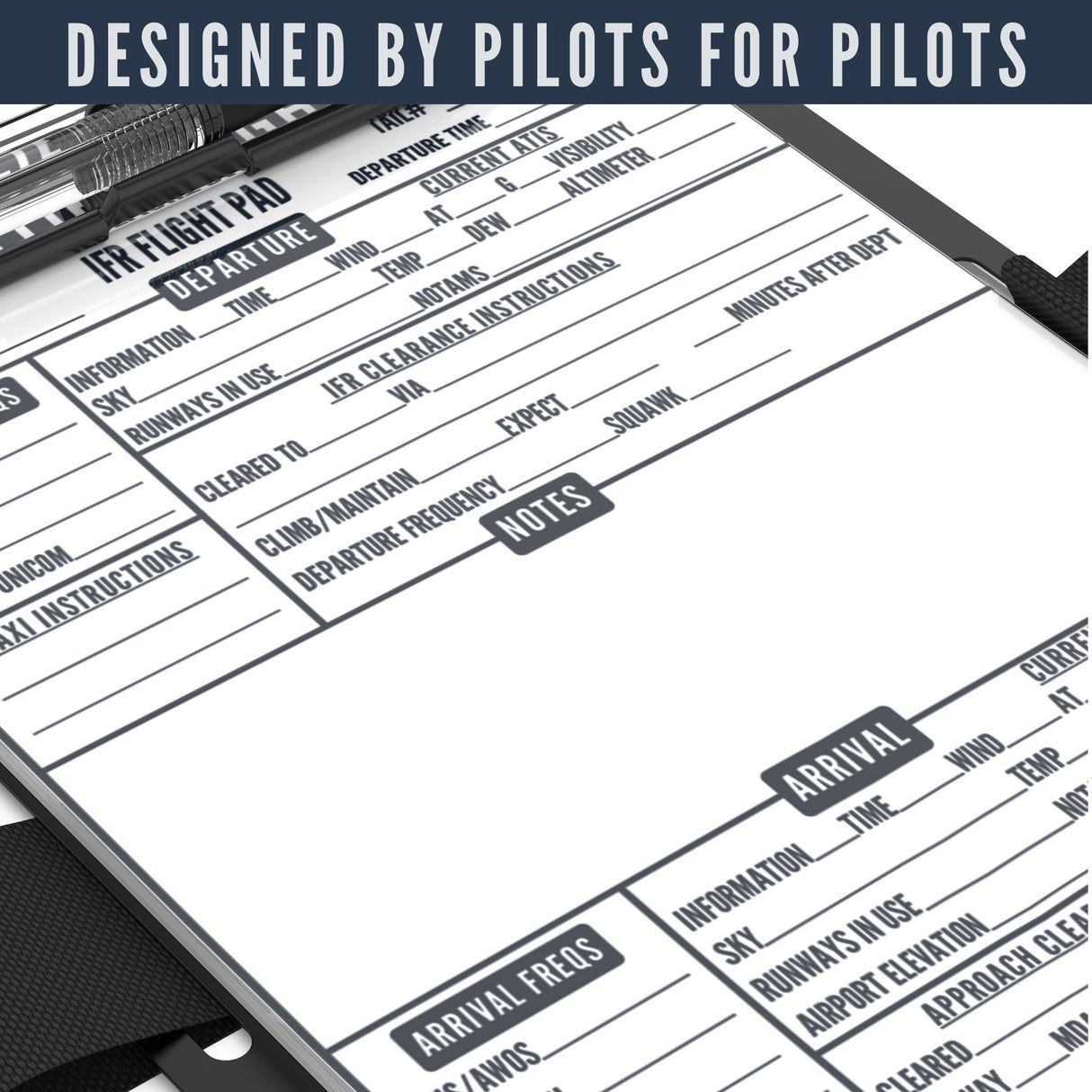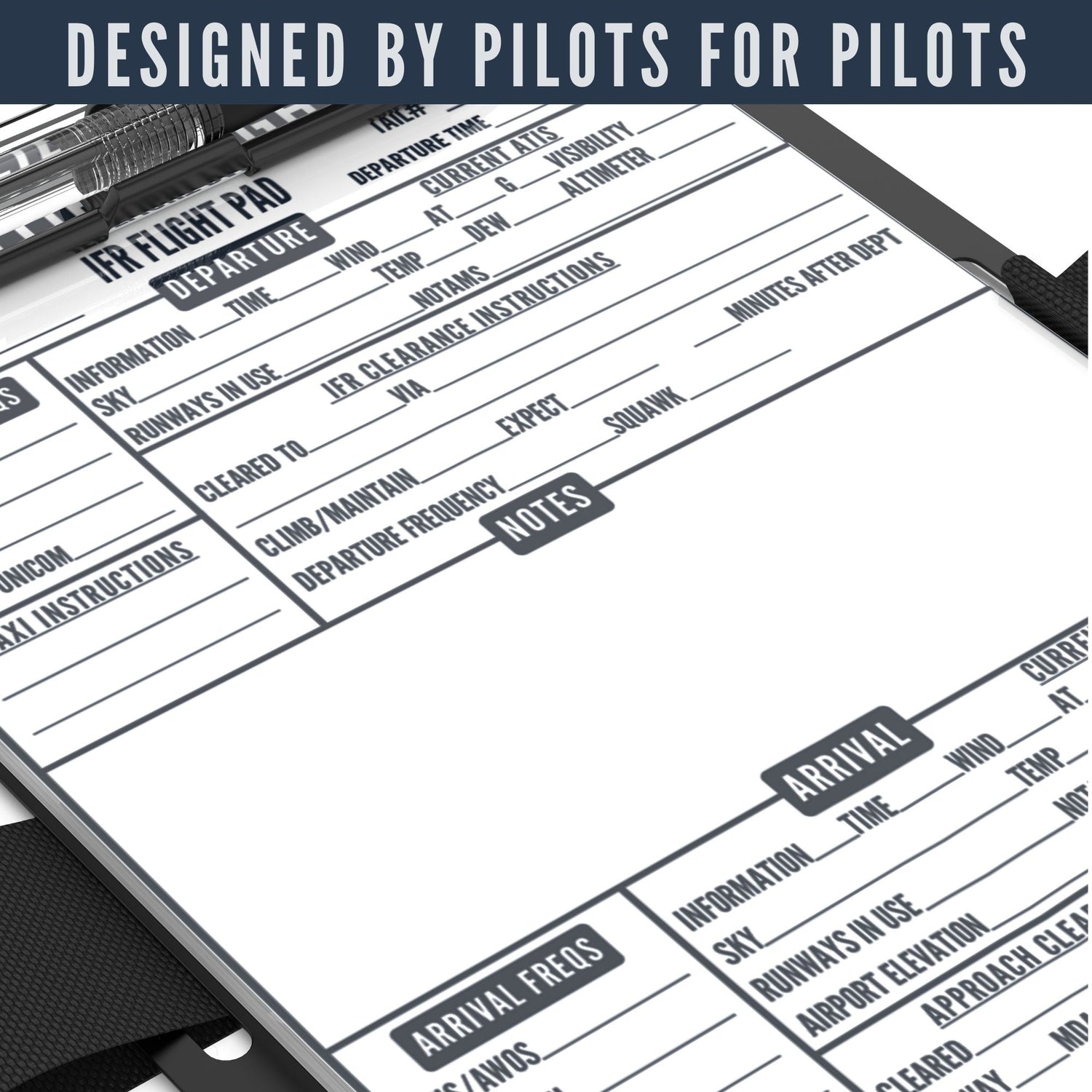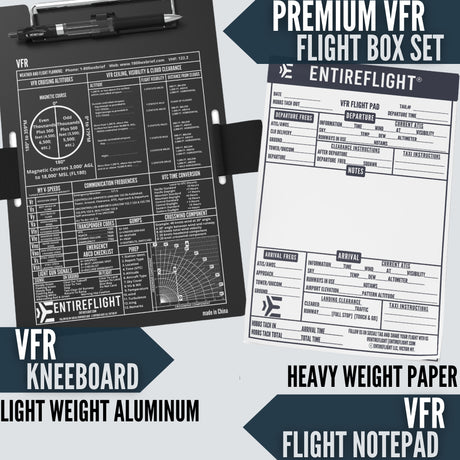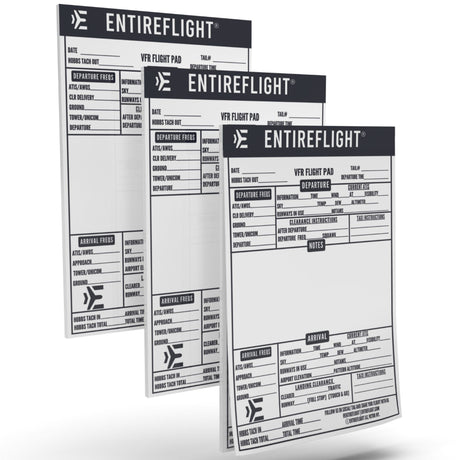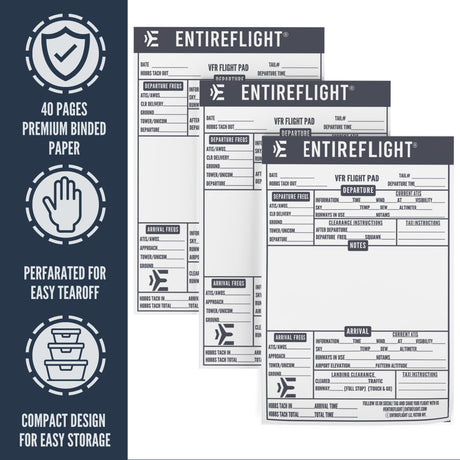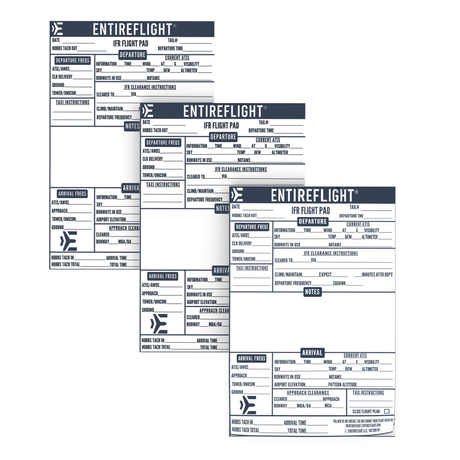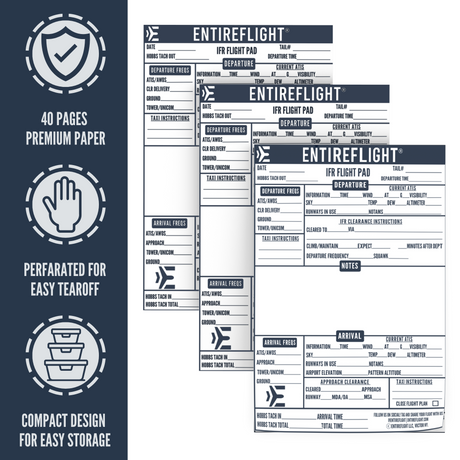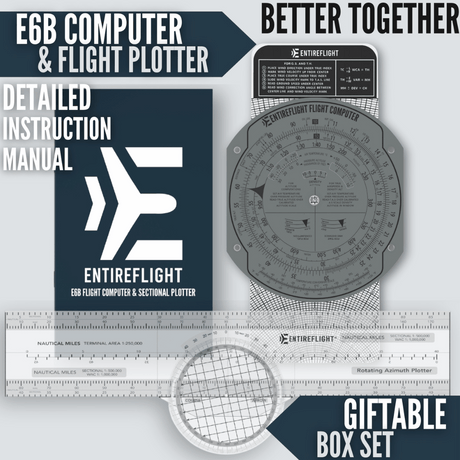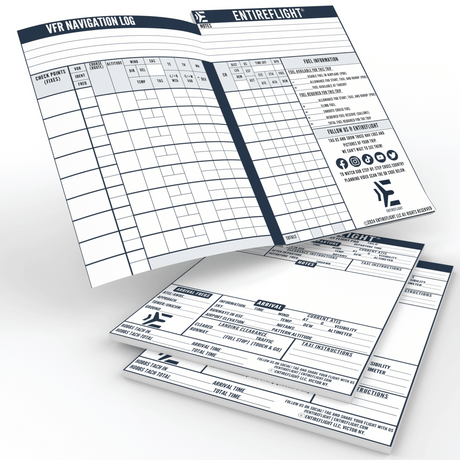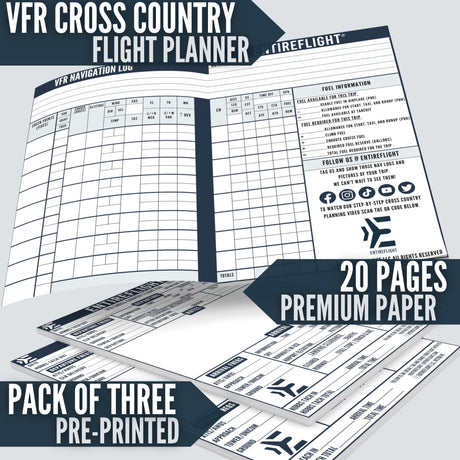Piloting an aircraft involves mastering various maneuvers, and 'turns around a point' is one that may leave you in a spin. Ground reference maneuvers like this are fundamental parts of flight training and contribute significantly to aviation safety.
Our guide will provide all the tips, tools, and techniques needed to perfect this skill without breaking a sweat. Ready for takeoff? Let’s become proficient pilots together!
Key Takeaways
- Turns around a point are ground reference maneuvers that help pilots develop precise control and navigation skills.
- Wind correction is crucial during turns around a point to maintain accuracy and control of the aircraft.
- Choosing the right ground reference, maintaining a consistent bank angle, and making small adjustments are key to executing turns around a point successfully.
Understanding Ground Reference Maneuvers
Ground reference maneuvers such as Turns Around a Point are an essential aspect of pilot training, helping you develop the necessary skills to maintain control and navigate precisely during flight. It is crucial to understand the purpose of these maneuvers and how wind correction plays a vital role in their execution.
The Purpose of Ground Reference Maneuvers
Ground reference maneuvers serve a critical purpose for every pilot. They enhance your ability to control the airplane in relation to a fixed point on the ground while counteracting wind effect.
These practices compel you to adjust the flight path based on visual references, strengthening your spatial orientation skills. Essentially, they are designed to simulate conditions you might encounter during takeoff, landing or when navigating around obstacles in flight.
By mastering these maneuvers, pilots can ensure safe and accurate navigation under challenging weather conditions or unexpected situations airborne.
Mastering Turns Around a Point
Mastering the ground reference maneuver - turns around a point - requires understanding the principles of flight, choosing the right ground reference, and executing the maneuver with precision.
To master turns around a point, it's crucial to understand the concept behind this maneuver. Turns around a point involves flying in a continuous circle around a fixed reference point on the ground.
The purpose of this maneuver is to develop and refine your ability to maintain precise control over the airplane while navigating in close proximity to an external visual reference.
By choosing a suitable ground reference, adjusting your bank angle for wind correction, and executing smooth and coordinated turns, you'll build proficiency in controlling the aircraft during this challenging maneuver.
Choosing Your Ground Reference
To successfully execute turns around a point, it is crucial to choose the right ground reference. Look for distinct features on the ground that are easily visible from the air, such as a road intersection, lake, or tall building.
These landmarks should be stable and not subject to change during your maneuver.
Additionally, select a reference point that allows you to maintain a safe distance without having to constantly adjust your bank angle.
By carefully choosing your ground reference, you can enhance your control and precision during turns around a point.
Executing the Maneuver
To execute the turns around a point maneuver, you need to start by establishing your ground reference and choosing a suitable point. Once you've done that, it's time to begin the turn.
Maintain a constant bank angle throughout the maneuver while adjusting it as necessary to account for wind correction. Keep a close eye on your ground reference and make small adjustments to maintain the desired distance from it.
Remember to constantly scan outside the airplane for other traffic and remain aware of your altitude and airspeed. By practicing this maneuver regularly, you'll become more proficient in controlling the airplane during turns around a point.
Conclusion
Mastering turns around a point is an essential skill for pilots to develop proficiency in aircraft control and navigation. By understanding the principles of flight, choosing the right ground reference, and executing the maneuver with precision, you can build your skills and ensure aviation safety.
With practice and dedication, you'll soon be confidently perfecting turns around a designated spot in no time. So get out there, adjust your bank angle for wind correction, and soar through the skies with confidence!
FAQs
1 - What does "Mastering Turns Around a Point" mean for pilots?
Mastering Turns Around a Point means perfecting maneuvers in aviation where the pilot will control the airplane to make precise turns around a designated spot.
2 - Why is it important for pilots to master ground reference maneuvers like turning around a point?
Understanding and mastering ground reference maneuvers helps build proficiency in aircraft control, flight navigation, and develops better pilot skills.
3 - How do principles of flight impact turns around a point?
The four flight forces play crucial roles during these flying techniques. The center of gravity influences the balance and stability during such complex flight maneuvers.
